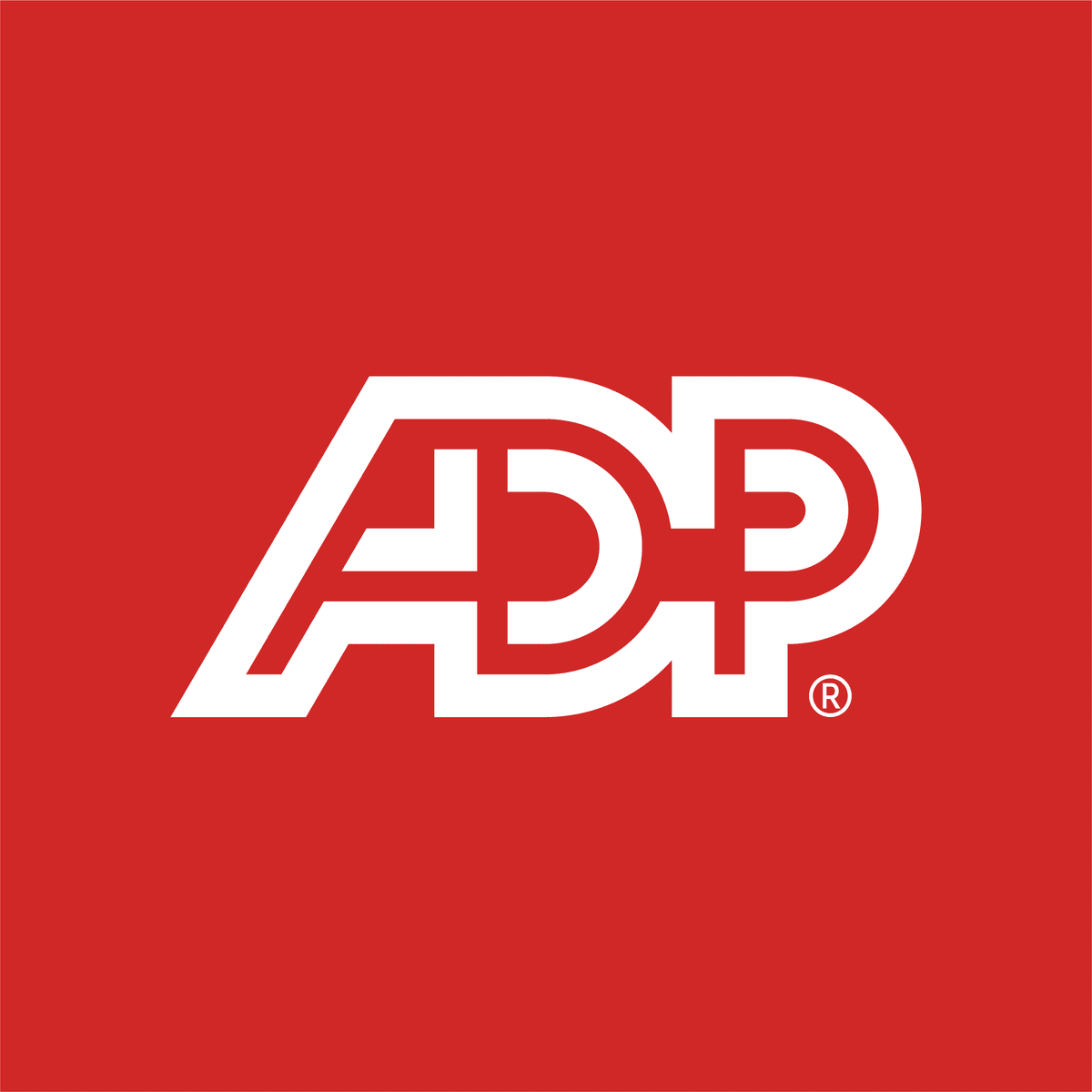Back to Courses









Leadership And Management Courses - Page 26
Showing results 251-260 of 600

Small Business Marketing Using Facebook
In this course, learners will learn how to use Facebook to promote their small business. They will learn how to create a personal profile, as well as a business page, how to proactively engage with their target audience by sharing pictures and other information, how to schedule their content, publish ads, and analyze their progress.
This course will benefit small business owners with limited to no social media marketing experience.
Note: This course works best for learners who are based in the North America region. We’re currently working on providing the same experience in other regions.

Developing an Agile Team
Now that you have undergone personal information, you will be better prepared to empathize, understand, and mentor individual members of your team on a similar journey. Leading teams towards change-resilience is not as simple as knowing and understanding the psychology of individuals multiplied by a number of team members. It requires a different approach.
In this course, you will learn what influences human behavior in teams by looking at social psychology. You will evaluate your team’s level of change resilience and agility, and you will be applying practical tools for building Agile teams by applying Scrum project management framework.
You won’t stop there, you will learn how to be a servant leader. You will learn practical tools for organizing, leading, and facilitating a Scrum team.
Parts of the content are written from a Scrum Master perspective, and even though you will not be able to use it as a Scrum Master certification, I will be sharing tools and best practices learned through my own experience of being a Scrum Master.

Negotiation, Mediation, and Conflict Resolution - Capstone Project
This course has been designed to help you apply knowledge, skills, and know-how you have developed in negotiation and in mediation, both as a result of your own practice and the follow up of the previous Courses of the ESSEC “Negotiation, Mediation, and Conflict Resolution” specialization.
Before you enroll this course, we strongly recommend that you acquire the necessary pre-requisites. A number of tools, concepts, and methods are outlined in 3 MOOCS: Negotiation Fundamentals, Cross-cultural Negotiations, and Mediation & Conflict Resolution.
To be more specific, the following subjects must be mastered:
- Get prepared for any negotiation;
- Avoid traps;
- Know how to prompt value-creating partnerships;
- Structure an effective negotiation sequence;
- Bargain in an efficient and respectful manner;
- Overcome deadlocks;
- Manager cultural differences in a negotiation;
- Define what a mediation is and choose when to use it;
- List different types of mediation;
- Identify typical challenges and difficulties that most mediators face;
- Choose the adequate strategies within a repertoire of options;
- Identify the do’s and don’ts in mediation.
The purpose of this course is to help you to put everything together, sharpen your skills and enhance your command of negotiation techniques and behaviors.
We’ve designed this MOOC in a highly interactive way. You will be engaged in a negotiation with peers. You will demonstrate your improved capacity to analyze, and therefore conduct, negotiations and mediation.
This capstone project will comprise three exercises. Here is an overview.
In the first exercise, you will analyse a real-life negotiation of your own choice. As an expert of negotiation dynamics, you will provide your reader with a detailed analysis of this real negotiation. Indeed as a professional, your task might not always be to conduct a negotiation - but to analyse what is going on in a given negotiation, or to help others (your boss, for instance) get ready for a high-stake negotiation. Guidelines will be provided in a separate document, to help you structure your assignment.
For the second exercise, you will negotiate directly with a peer. We’ve prepared a business case inspired from a true story.
The third exercise is linked to the previous one. Imagine that this negotiation is not successful, and that the relationship between the two negotiators becomes too tense. You will be asked to step into the shoes of a mediator - and to structure a mediation process.
Each of these three exercises will be peer-evaluated.
As a result, it is really worth your engagement! Go ahead, engage fully into the exercises - you will have fun, and you will make further progress for real-life negotiation, mediation, and conflict management.

Global Marketing: Building Iconic Brands
Global Marketing: Iconic Brands uses the cultural frameworks introduced in Global marketing: Cultural Frameworks to guide the process of crafting a culturally focused marketing plan for a global expansion. The course introduces the key steps for developing a global marketing plan, starting with an environmental analysis of the new markets to be developed, which provides insights into the cultural preferences of target consumers in these new markets.

Valuing Excellence
Welcome to Leading StandOut Teams: Valuing Excellence!
In this course we’ll discuss how team culture and environment make a big difference to individual and organizational success; help you define success for and with your team; and explore how you can create the conditions that make your team feel comfortable sharing ideas.
By the end of the course, you will be able to:
- Analyze how team culture affects both individual and organization success.
- Define what success looks like for and with your team.
- Identify what strengths build success.
- Design the conditions to make your team feel comfortable sharing ideas that boost the team's overall productivity, performance, engagement, and more.
Modules Include:
One: Working Together. Focus on the importance of teams and discuss how team culture and environment make a big difference to individual and organizational success.
Two: Aligning on Team Success. Help define success for and with your team.
Three: Speaking Up. The environment you create for your team impacts the team's overall productivity, performance, engagement, and so much more. Learn how you can create the conditions that make your team feel comfortable sharing ideas.
This is a beginner's course, intended for team leaders with an interest in Leading StandOut Teams. It includes lecture videos by StandOut Strengths Coaches, practice quizzes, graded quizzes, peer-reviewed assignments, discussion prompts, and activity guides to facilitate ongoing learning and provide a structure to make sense of learning so that it can be embedded into real change.
To succeed in this course, you should be willing to self-reflect and open to shifting perspectives. Making the effort will result in a positive and fulfilling response.

How To Visualize Your Data Using Microsoft Powerpoint
In this project, you will learn a few methods on how to make your presentations more engaging and visual so you can captivate your audience’s attention and make them easily remember all of the information you are presenting.
This guided project is for students, employees and business owners who are beginner users of Microsoft Powerpoint and want their presentations to be more visual and engaging.
Using online Microsoft Powerpoint, you will learn how to customize your slides through changing their backgrounds, how to visualize your data through inserting videos and using SmartArt, and how to animate the slides content. Finally, you will learn how to apply and control the transitions between your slides.

Building and Managing Superior Skills
In this course, you will engage in developing and strengthening the functional component of your career brand. Acting as “your own Chief Executive Officer” (P. Drucker), you will learn how to use strategic management models and techniques for enhancing your skills portfolio. You will learn how to increase your human capital by developing and documenting high-demand marketable skills. After completing this course, you will be able to:
- Implement business strategy and models and tools, such as benchmarking and SWOT analysis, for identifying and analyzing your competitive strengths and addressing competency gaps in a skill-based, competitive job selection context;
- Understand evidence-based, data-driven skill assessment methodologies and techniques;
- Select appropriate assessment tools and apply them for a thorough, accurate, evidence-based and data driven self-assessment of your transferable skills;
- Create your critical competency profile ("The Self-Assessment Grid for Evaluation, or SAGE") and use it as an effective instrument for an objective, 360 degree self-assessment of your competitive strengths and competency gaps;
- Create and use an effective instrument for organizing, directing and monitoring your skill-building activities (“The Skill-Building Dashboard, or Skill-Builder”);
- Develop an effective tool (“The T-Portfolio”) for gathering and organizing samples of standards, best practices, assessment instruments and techniques in your chosen field;
- Effectively organize your self-management information system to systematically collect and analyze job-related data, evaluate and assess required competencies and skills, develop and implement plans for self-improvement, and monitor your progress;
- Develop and implement a realistic performance metric for your career development activities ("Your Present Job Market Value");
- Engage in self-coaching to support active self-development.

Emotional Intelligence: Cultivating Immensely Human Interactions
This course is a multi-media exploration into important intra- and interpersonal skills required for Emotional Intelligence. Professors Sanchez-Burks and Alexander teach a model that brings together all of the areas that are necessary to improve and take skills in the interpersonal space to the next level. People call these ‘soft skills’ when in fact they are the hardest part of great leadership and the biggest contributor to team success. Through theory, assessments, animated vignettes, and video clips, participants will be able to see themselves and others, as well as analyze their own and others’ behaviors. This is a skill-building course based on published research in multiple fields.

Capstone: Applying Project Management in the Real World
In this final, capstone course of the Google Project Management Certificate, you will practice applying the project management knowledge and skills you have learned so far. We encourage learners to complete Courses 1-5 before beginning the final course, as they provide the foundation necessary to complete the activities in this course.
As you progress through this course, you will “observe” a project manager in a real-world scenario and complete dozens of hands-on activities. You will:
- analyze project documents to identify project requirements and evaluate stakeholders
- complete a project charter and use it as a tool to align project scope and goals among stakeholders
- identify tasks and milestones and document and prioritize them in a project plan
- define quality management standards and explore how to effectively share qualitative data
- demonstrate your project’s impact through effective reporting
By the end of this course, you will have developed a portfolio of project management artifacts that will demonstrate the skills you have learned throughout the entire program, such as your ability to manage stakeholders and teams, organize plans, and communicate project details. These artifacts can exhibit your career readiness when applying for jobs in the field. To further prepare you to interview for project management jobs, you will reflect on past projects, develop an “elevator pitch,” and anticipate common interview questions. Current Google project managers will continue to instruct and provide you with the strategies, tools, and resources to meet your goals.
After completing this program, you should be equipped to apply for introductory-level jobs as a project manager. You will also have the opportunity to claim a certification of completion badge that will be recognizable to employers.

Building Confidence in the Future
Welcome to Leading StandOut Teams: Building Confidence in the Future.
This course will help you build your own specific vision to share with your team. We’ll define what is it that makes your company so special. And we’ll explore the value you, your team, and your company provide to your clients, and how you can keep that front-of-mind to ensure that the people you serve can see the unique value you offer.
By the end of the course, you will be able to:
- Build a detailed vision of the next six months for your team.
- Describe what makes your company special and explain how you can make sure your team members feel it in their own ways.
- Create a compelling picture of why clients need your company.
Modules Include:
One: Vision: The Next 6 Months. What does a vision look like for your team, and how does it connect to the vision for your company? Build your own specific vision to share with your team.
Two: What Makes This Company Special? So, what is it that makes your company so special? And once you figure that out, how do you make sure your team members feel it too, in their own ways? Explore these questions.
Three: Why Clients Need Us. Explore the value you, your team, and your company provide to your clients, and how you can keep that front-of-mind to ensure that the people you serve can see the unique value you offer.
This is a beginner's course, intended for team leaders with an interest in Leading StandOut Teams. It includes lecture videos by StandOut Strengths Coaches, practice quizzes, graded quizzes, peer-reviewed assignments, discussion prompts, and activity guides to facilitate ongoing learning and provide a structure to make sense of learning so that it can be embedded into real change.
To succeed in this course, you should be willing to self-reflect and open to shifting perspectives. Making the effort will result in a positive and fulfilling response.
Popular Internships and Jobs by Categories
Find Jobs & Internships
Browse
© 2024 BoostGrad | All rights reserved